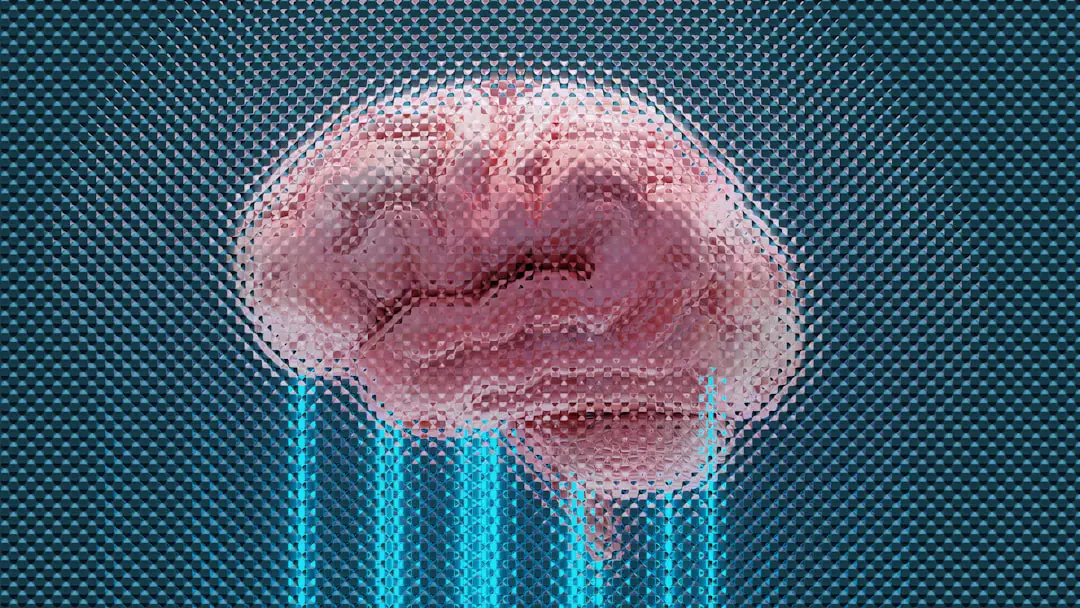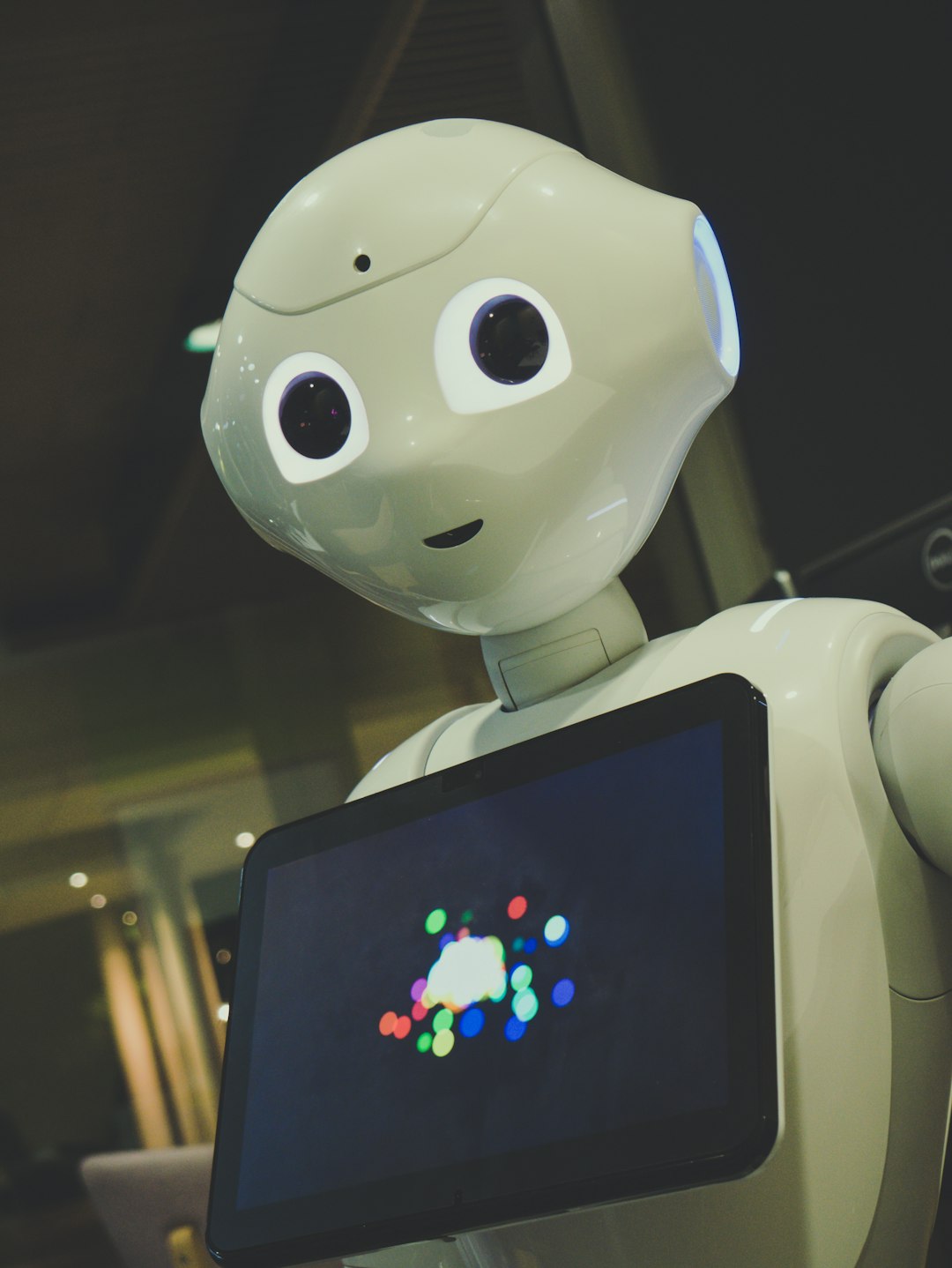Artificial Intelligence (AI) is revolutionizing the world of software development in numerous unexpected yet powerful ways. One of the most promising applications lies in code pattern recognition, a domain that traditionally requires years of experience and a deep understanding of programming paradigms. With AI, developers are now equipped with tools that can rapidly analyze code, uncover hidden patterns, and even suggest improvements — making their work faster, more efficient, and more accurate.
But how exactly does AI assist in code pattern recognition? Let’s delve deeper into the mechanisms and benefits of this emerging technological frontier.
The Power of Pattern Recognition
At its core, code pattern recognition is the ability to identify recurring structures, algorithms, or anti-patterns within codebases. Whether it’s spotting a misuse of inheritance in object-oriented programming or identifying repeated database call patterns that could be optimized, this process is critical to improving code quality and maintainability. Traditionally, this task would fall to experienced developers or be facilitated through static code analysis tools.
However, AI amplifies these capabilities by applying machine learning (ML) and natural language processing (NLP) techniques to vast amounts of code. This allows it to move beyond simple rule-based analysis and instead learn from data, improving over time.

How AI Identifies Patterns in Code
AI systems use a variety of techniques to recognize patterns in programming languages. Here are some of the most notable methods:
- Abstract Syntax Trees (ASTs): These are hierarchical representations of a program’s structure. ML models trained on ASTs can understand how particular code constructs relate to one another, helping identify common idioms or bad practices.
- Tokenization and Embeddings: By breaking code into tokens (like keywords, variables, and operators) and representing them in vector form, AI can analyze syntactic and semantic similarities between different code snippets.
- Deep Learning Models: Models like transformers (e.g., GPT, BERT) trained on massive code repositories can identify complex patterns and generate context-aware suggestions for bug fixes or refactoring.
Thanks to these approaches, AI doesn’t just look at code as a string of instructions — it comprehends the structure and intent behind it.
Practical Applications of AI in Code Pattern Recognition
The real-world implications of AI in pattern recognition are impressive and growing. Here are some key areas where AI tools are making a difference:
- Bug Detection: AI can recognize patterns that frequently lead to software bugs, allowing it to detect vulnerabilities before they cause problems in production environments.
- Refactoring Suggestions: By analyzing vast codebases, AI tools can propose more efficient patterns based on cleaner, more performant, or more secure implementations.
- Code Reviews: AI can augment code reviews by highlighting deviations from established team patterns or identifying logic that is inconsistent with best practices.
- Code Completion and Generation: Integrated Development Environments (IDEs) now employ AI to predict and suggest lines of code, often based on recurring patterns identified in thousands of similar projects.

Benefits for Developers and Organizations
Implementing AI for code pattern recognition brings tremendous benefits for both individual developers and entire software teams:
- Increased Efficiency: Repetitive tasks like formatting, boilerplate generation, and pattern recognition are automated, freeing developers to focus on innovation.
- Faster Onboarding: Junior developers can understand legacy code faster with AI tools that highlight and explain consistent patterns or irregularities.
- Better Code Quality: With AI constantly analyzing codebases, inconsistencies, bugs, and bad practices are caught early, leading to more reliable software.
- Reduced Technical Debt: Regular pattern analysis prevents the accumulation of bad code, making long-term maintenance easier and cheaper.
The Road Ahead
As AI continues to evolve, its ability to understand context and intent in code will grow stronger. We may soon see AI systems that not only detect and suggest improvements but also explain why a change is recommended — integrating seamlessly into the learning workflow of every developer.
Furthermore, advances in explainable AI (XAI) and domain-specific models for different programming tasks will enhance trust and transparency, making AI tools indispensable coding companions rather than simple assistants.
Conclusion
AI’s role in code pattern recognition is not just a fleeting trend — it’s a foundational shift in how we approach software development. By intelligently identifying patterns across vast codebases, AI does more than boost efficiency; it accelerates innovation, ensures code quality, and empowers developers to write better software. As the tools improve, the collaboration between human creativity and machine intelligence will define the next generation of programming excellence.
